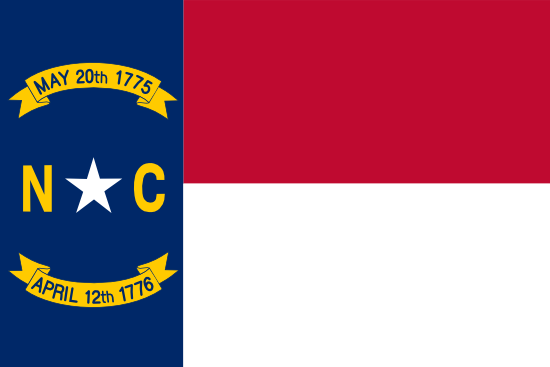
Durham
- County:
- Durham County
- County Seat:
- Yes
- Area (mi²):
- 119.945
- State:
- North Carolina
Durham is a city located in Durham County, North Carolina. Durham has a 2025 population of 301,870 . It is also the county seat of Durham County . Durham is currently growing at a rate of 1.85% annually and its population has increased by 7.17% since the most recent census, which recorded a population of 281,679 in 2020.
The median household income in Durham is $79,234 with a poverty rate of 12.2%. The median age in Durham is 34.8 years: 34 years for males, and 35.5 years for females. For every 100 females there are 89.7 males.